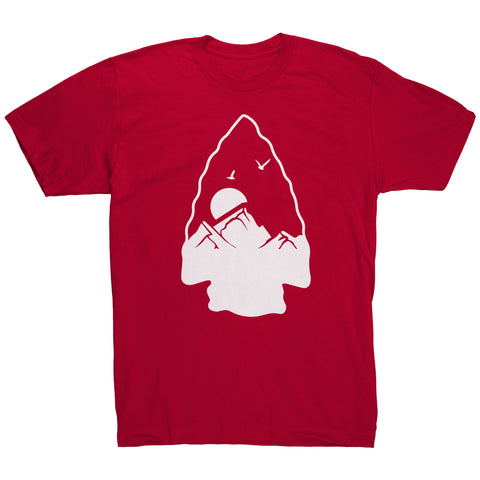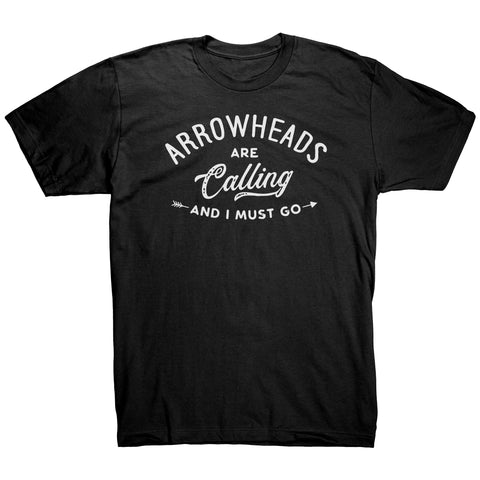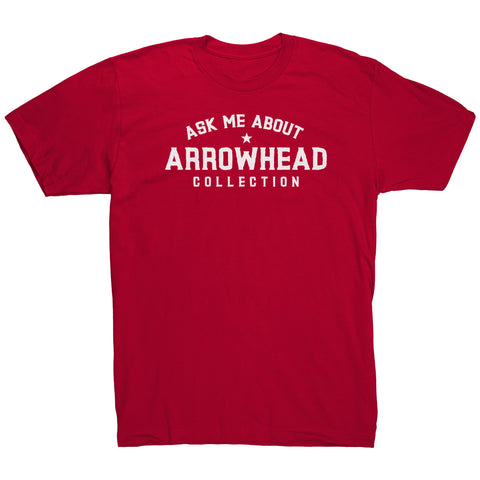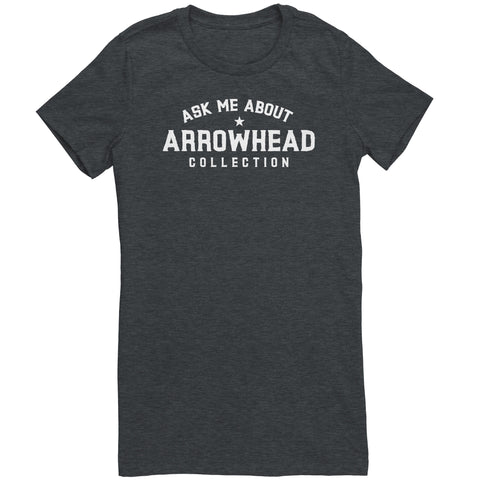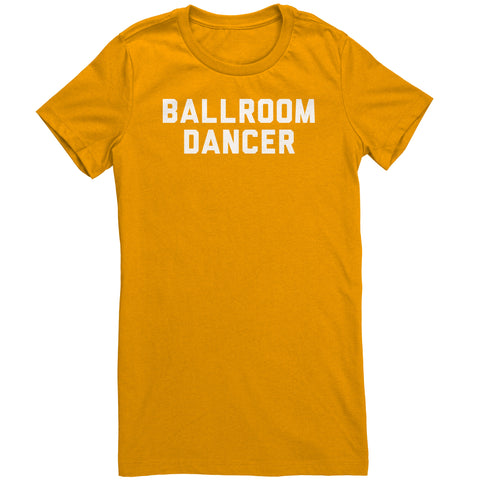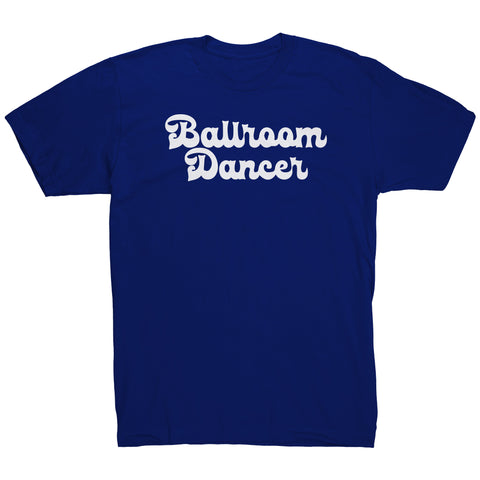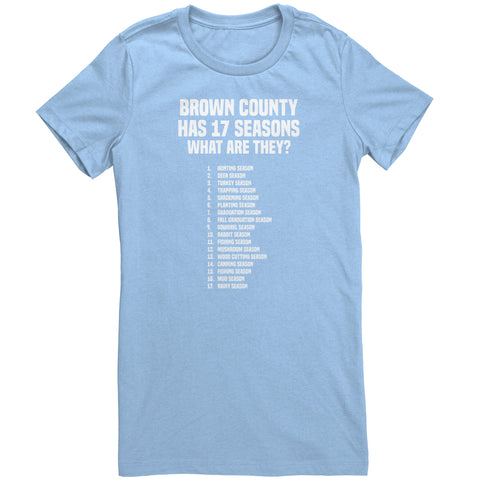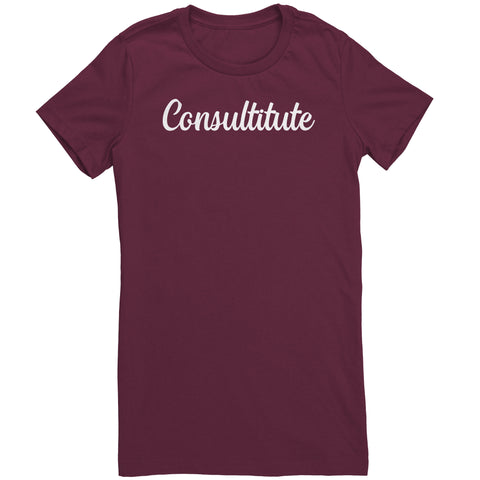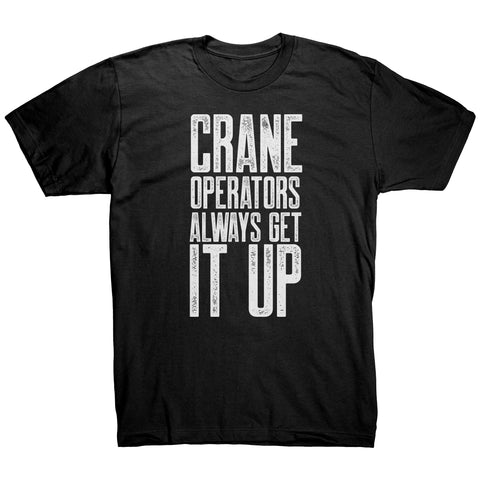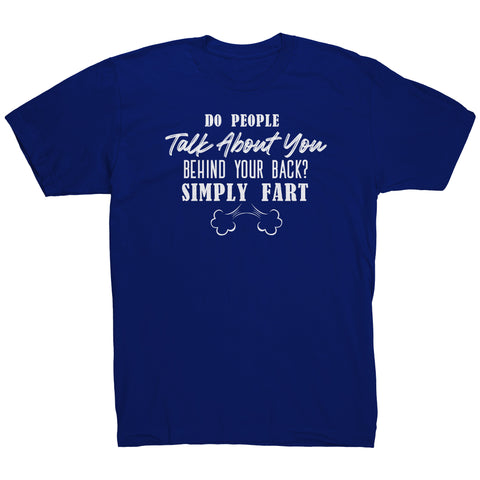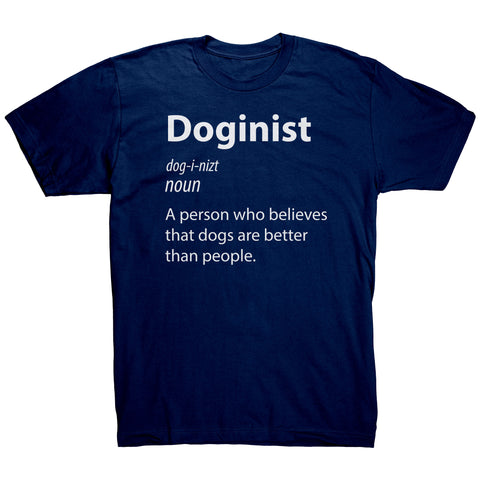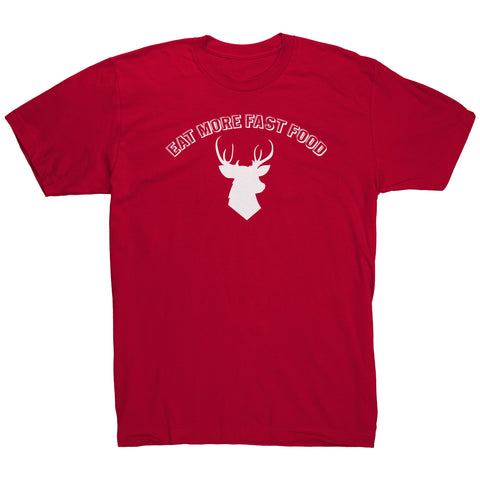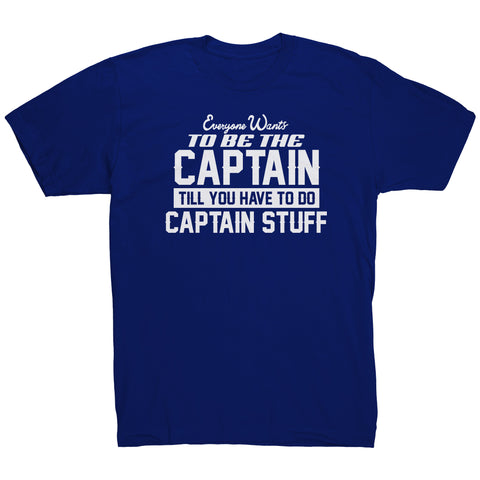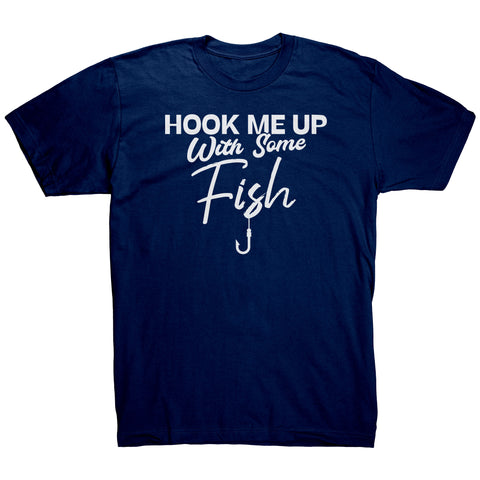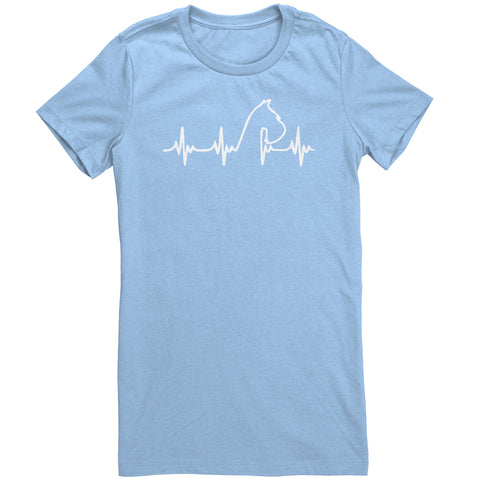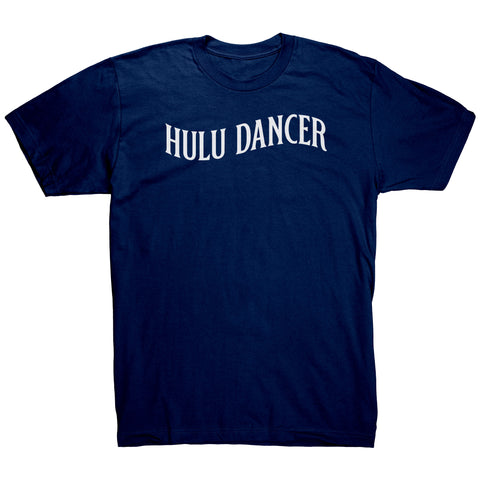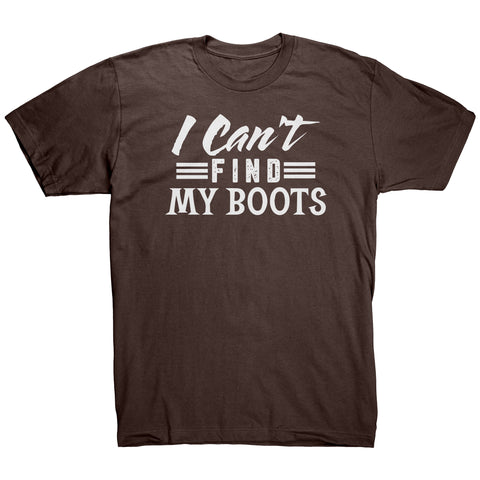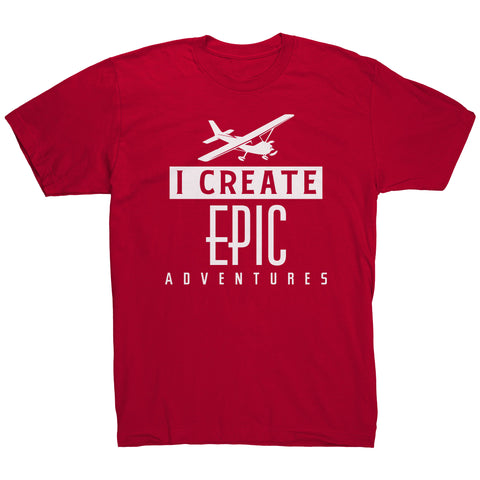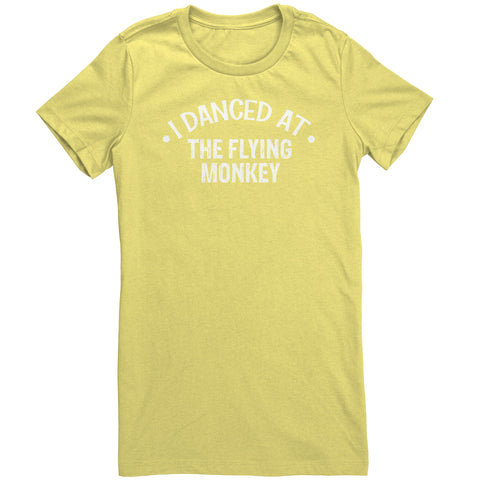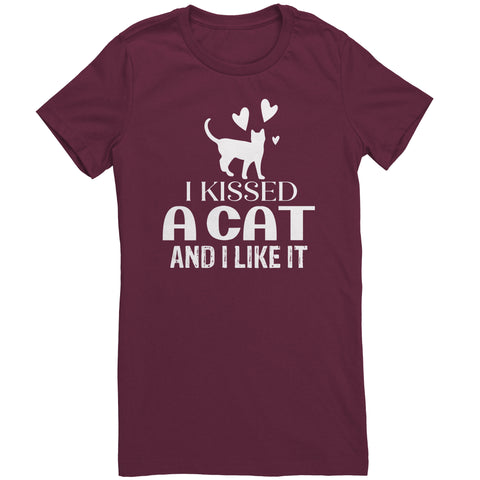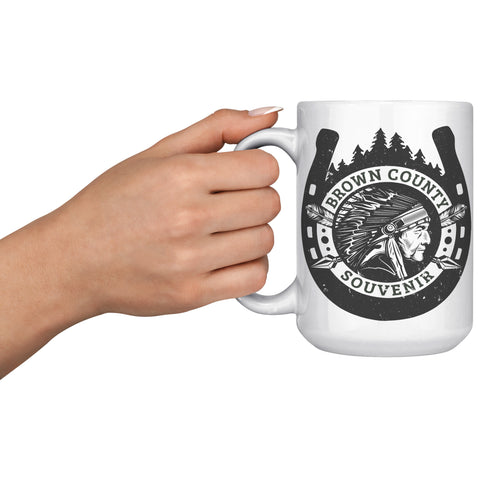Paddle Boarding 101: Your Guide to Mastering the Waters
by Douglas Ayers
Paddle Boarding 101: Your Guide to Mastering the Waters
As a Brown County native, I've spent countless hours exploring our waterways by canoe and paddle board. Brown County is a fantastic place to experience paddle boarding including stand-up paddle boarding. From Salt Creek to Monroe Reservoir, paddle boarding offers a unique way to connect with nature. This guide will equip you with everything you need to know to start paddling, from choosing gear to mastering techniques.
Whether you're a beginner or looking to improve your skills, this post covers all things paddle boarding for Brown County visitors. Paddle boarding is increasingly popular. This watersport allows you to engage with Brown County's beautiful scenery while enjoying a full-body workout.
Table Of Contents:
- Getting Started with Paddle Boarding
- Mastering Paddle Boarding Techniques
- Paddle Boarding Locations in Brown County
- Exploring Beyond Brown County
- FAQs about paddle boarding
- Conclusion
Getting Started with Paddle Boarding
Before you hit the water, you’ll need a few key pieces of equipment. Choosing the right gear for paddle boarding is an important first step.
Choosing Your Paddle Board
First, you'll need a paddle board. Paddle boards come in different varieties, including inflatable paddle boards and epoxy (hard) boards. Inflatable SUPs are portable and easy to transport, but hard paddle boards offer better performance.
If you have storage space, hard paddle boards provide better responsiveness and surfing capabilities. All-around boards, which are generally thicker, are best for flat-water paddling and offer great maneuverability on lakes.
Touring boards are longer and narrower, designed for long-distance paddling. Some touring boards accommodate multiple people or fishing gear.
Essential Paddle Board Gear
Choosing the right paddles is just as important as your board. They resemble extended canoe paddles. The paddle sizing should reach your wrist when standing with the paddle upright in front of you.
Along with paddles and the board, you’ll need a personal flotation device (PFD). The U.S. Coast Guard requires a USCG-approved life vest for paddle boarding. Adults must have a PFD on board, while children are required to wear one. Even calm waters can become hazardous due to currents, wind, or undertow.
A leash is essential for safety. It connects you to your board, preventing it from drifting away if you fall. Don't forget sunscreen (especially for Monroe Reservoir), sunglasses, and appropriate clothing. The sun's reflection off the water intensifies UV rays.
Mastering Paddle Boarding Techniques
Paddle boarding takes practice to master efficiently. Here are a few paddling tips:
Getting On and Off Your Board
Enter knee-deep water, ensuring your fin doesn't touch the bottom. Place your paddle across the board and kneel on top. Begin paddling on your knees to practice steering.
When you feel confident, carefully stand up, placing your feet where your knees were. Remember your paddle boarding tips when starting out.
Basic Paddle Strokes
When standing, your core will power your paddle strokes. Two basic paddling techniques are the forward stroke and the reverse stroke.
- Forward Stroke: Reach forward, submerging the paddle blade. Pull the board forward using your torso, keeping the blade stationary. Alternate paddling on each side of the board to maintain a straight line.
- Reverse Stroke: Start near the tail of the board, paddling towards the nose. This slows you down, stops momentum, and helps you change direction. This stroke is especially helpful in surf waves or when needing to make quick adjustments to avoid obstacles.
Staying Balanced
Balancing on a paddle board can feel unnatural at first. Focus on the horizon, not your feet. Keep your knees slightly bent, back straight, and head forward.
Keep your shoulders stationary to conserve energy. Use short paddle strokes when learning. As you become more comfortable, you can use longer, more powerful strokes. This paddle stroke will allow for easier transport across the water.
Turning involves several strokes on one side. Practice turning and reversing in circles to improve your maneuverability.
Paddle Boarding Locations in Brown County
Brown County offers various waterways, from creeks to lakes. Salt Creek and Monroe Reservoir are excellent choices for their calm waters and scenic beauty. Both are suitable for all skill levels, from beginners to more advanced paddle boarders.
Brown County State Park provides serene natural scenery. For those seeking a backcountry experience, there are many lodging options near suitable waterways. For fishing SUPs and touring sups, consider exploring some of the lesser-known creeks and inlets.
| Location | Description | Skill Level |
|---|---|---|
| Salt Creek | Calm waters, winding creek, ideal for beginners. Consider a board bag for easy transport of your inflatable SUP. | Beginner |
| Monroe Reservoir | Larger lake with open areas for practicing skills. Perfect for testing out different size paddles. | Beginner to Intermediate |
| Grandview Lake | Largest body of water in Brown County, serene environment for experienced boarders. Backcountry charm and dining options. Less traffic than Salt Creek or Monroe Reservoir. Great for fishing enthusiasts. | Intermediate to Advanced |
Exploring Beyond Brown County
Beyond Brown County, Indiana offers diverse waterways for paddling. These destinations offer backcountry access and beautiful scenery.
There are options for paddling beneath cliffs, enjoying wildlife, or exploring peaceful backwaters. Some top recommendations include:
- Eagle Creek Reservoir: Northwest of Indianapolis, offers scenic views and hiking opportunities. An excellent choice for those who want to combine paddle boarding with other activities.
- Tippecanoe River State Park: Cruise a slow-winding river in a natural environment. Experience the tranquility enjoyed by Native Americans and early settlers.
- Patoka Lake: Southern Indiana's second-largest lake, offering vast open water and scenic backcountry. Perfect for longer paddle excursions.
FAQs about paddle boarding
How difficult is paddle boarding?
Paddle boarding is relatively easy to learn. Balancing and perfecting your stroke takes practice. Flat-water paddling is ideal for beginners. Those seeking ocean waves or faster moving water will want inflatable paddle boards with higher weight capacity. Paddle board bags will be needed regardless for easier transport.
Why do paddle boarders not wear life jackets?
Adults are not required to wear a life jacket but must have one on board. This is a USCG regulation because SUPs are considered vessels outside designated swim areas. Children must always wear a PFD.
Is paddle boarding harder than kayaking?
Kayaking is often easier because you’re seated. Paddle boarding engages more core muscles because you’re standing. This makes it a great full-body workout.
What is the point of paddle boarding?
Paddle boarding offers outdoor fitness, connects you with nature, and provides a relaxing experience. It combines cardio with scenic views. You can enjoy the tranquility of lakes, improve your wellness, and appreciate the beauty of Brown County.
Paddle boarding is also relatively easy to learn and can be enjoyed by people of all skill levels. Whether you're looking for a solitary activity or something to do with friends, paddle boarding is a great option.
Conclusion
Paddle boarding in Brown County blends fitness with the area's natural beauty. Whether you're a visitor or a resident, paddle boarding is a unique way to recharge and connect with nature.
Brown County’s tranquil waterways offer something for everyone. Consider trying paddle boarding and discover the serenity and excitement it offers. For many paddle boarding is also great for fitness as you can get a core workout. From paddle board paddles and the boards themselves to racing boards, there are paddle boards for every kind of adventure. For longer adventures, you will want board bags to make it easier to carry your paddle board. Enjoy Brown County from a whole new perspective.
About the Author
Douglas Ayers
We regularly feature expert contributors from across Brown County and beyond, sharing insights on local culture, ecology, and entrepreneurship.




















